
Photo Gallery | 180562 Views | May 06,2019
Nov 1 , 2025. By Gzachew Wolde ( Gzachew Wolde (gzachewwolde@gmail.com) )
In a world where the tremors of geopolitical rivalry can shake even distant economies, resilience is the best defence. For low-income countries, building that resilience means not only surviving each new shock but doing so in a way that protects growth, stability, and the well-being of their people, argues Gzachew Wolde (gzachewwolde@gmail.com)
Global economic rivalries do not only stay on the balance sheets of major powers. When countries like the United States and China ramp up tariffs or wage economic wars, the fallout rarely stops at their borders. Instead, lower-income countries across Africa, Latin America, and parts of Asia are often left to deal with the consequences. The shock waves spread quickly, knocking through trade flows, shaking commodity prices, and forcing global companies to rethink where they put their money.
The impact is rarely gentle, and almost always hardest on countries least able to cushion the blow.
Modern conflict is no longer limited to physical destruction. Today’s wars send ripples through the world’s markets as quickly as they knock out bridges or factories. When fighting breaks out in oil-producing regions, for instance, fuel prices can shoot up worldwide overnight. Wars have a way of blocking shipping lanes, causing delays, and pushing up the price of everything from wheat to smartphones. And while the battlefields may seem far away, the economic tremors often travel further and hit hardest in countries with the weakest safety nets.
It is not only wars that bring economic trouble. Whenever major powers disagree and misalign their policies, those decisions do not stay at the G20 table. For lower-income countries, the effects echo through trade, finance, investment, and technology. Tariff hikes, new export controls, and sanctions can quickly shift global supply and demand, throwing fragile economies off balance. The result is that even countries miles away from any conflict or policy dispute can find themselves on the receiving end of higher costs, shrinking markets, and unstable currencies.
No country is immune to these disruptions, but those at the bottom of the income ladder are most exposed. Trade wars, sanctions, and efforts by big powers to untangle their economies from each other, known as strategic decoupling, can destabilise countries that rely on exporting goods or importing critical products. Tariff escalations, especially between giants like the U.S. and China, often break supply chains that connect factories and farms in Africa, Southeast Asia, and Latin America to global markets.
When supply chains fracture, the pressure on prices, combined with currency swings, pushes inflation higher and erodes people’s buying power. Suddenly, goods that once filled shelves become scarce or too expensive for ordinary consumers.
Sanctions can have similar effects. Though they may be targeted at specific governments, they often end up choking off trade and investment for entire regions. Countries that share infrastructure or financial ties with targeted countries find themselves caught in the crossfire, facing steep losses or costly adjustments. As global supply chains are disrupted, prices for commodities and goods can swing rapidly, hurting economies that depend on imports or exports.
It helps to think of global supply chains as arteries in the world economy. When they get blocked or cut, the entire system suffers. Unfortunately, the weakest economies bleed first.
Energy is a clear example. Conflicts in oil-rich areas like the Middle East or the Russia–Ukraine region regularly send oil and gas prices soaring. The result is that import-dependent and fuel-sensitive countries face sudden spikes in their energy bills. Even when fighting remains localised, the disruption to global transport and investment can raise inflation, create budget problems, and make already volatile markets even more unpredictable.
When major economies step up their rivalry —whether over energy, money, or technology —low-income countries often end up bearing the consequences. These include inflation, pressure on their balance of payments, rising debt concerns, and slower growth, all without a single shot being fired at them. The shock can be severe enough to threaten social stability, public services, and long-term development plans.
How can low-income countries protect themselves?
The answer often lies in diversification, sound management, and regional cooperation. Relying on a single sector —whether oil, agriculture, or tourism —makes economies especially vulnerable when the world becomes unpredictable. Instead, policymakers are increasingly urged to broaden their economies, manage their resources more carefully, and put in place policies to soften the impact of external shocks. This may mean developing new industries, investing in better infrastructure, or building up regional value chains that allow countries to trade more with their neighbours.
However, building resilience is not a one-size-fits-all project. Each country faces its own mix of risks and opportunities. Still, most experts agree on a few common threads, such as not putting all eggs in one basket, using different financial tools to spread risks, and avoiding policies that might make shocks worse.
Maintaining stable and credible macroeconomic policies is equally important. Countries need prudent debt management and healthy foreign currency reserves so they do not have to make sudden and painful cuts to social spending or investment when the going gets tough. The goal should be to weather the storm while keeping long-term development and social stability in sight, rather than scrambling to survive.
Central banks need the tools and independence to act when prices rise, but also enough flexibility to avoid choking off growth. Medium-term fiscal plans with clear spending priorities can help governments stay focused, avoid panic-driven decisions, and keep their budgets in line with what their economies can actually afford. Transparent budgets, disciplined spending, and independent oversight are important to build trust among investors and the public.
A credible and rule-based approach to public spending reduces uncertainty for both households and businesses. When governments set clear priorities, protecting social programs, investing in education, health, infrastructure, and digital transformation, they send reassuring signals to markets and citizens alike. Predictable spending helps governments avoid sudden, inflationary spending binges or heavy borrowing, both of which can further destabilise economies. Keeping expectations anchored makes it easier for central banks to do their job without having to raise interest rates sharply.
Long-term growth is anchored in inclusivity and stability. Labour market reforms, stronger competition, and social safety nets can help shield the most vulnerable from global shocks. Macroeconomic and financial tools should be in place to prevent external problems from sparking domestic crises. Setting medium-term fiscal strategies, with clear rules for how much to borrow and spend, as well as explicit growth and resilience goals, gives governments a map to follow, even when the global climate turns stormy.
Most global financial institutions now advocate this approach for lower-income countries navigating a world of volatile markets and geopolitical risks. A well-designed medium-term fiscal framework serves as a guide, balancing the need to deal with immediate threats without losing sight of what is needed for sustainable development.
In practical terms, this means setting multi-year debt targets and spending ceilings that guide annual budget choices, building buffers that reassure markets, and maintaining steady investment in the things that drive long-term growth. Governments are advised to cap non-essential spending, protect social programs, and use rolling budgets to smooth out volatility. Linking spending ceilings to real economic forecasts helps keep budgets honest and focused on reality.
PUBLISHED ON
Nov 01,2025 [ VOL
26 , NO
1331]

Photo Gallery | 180562 Views | May 06,2019
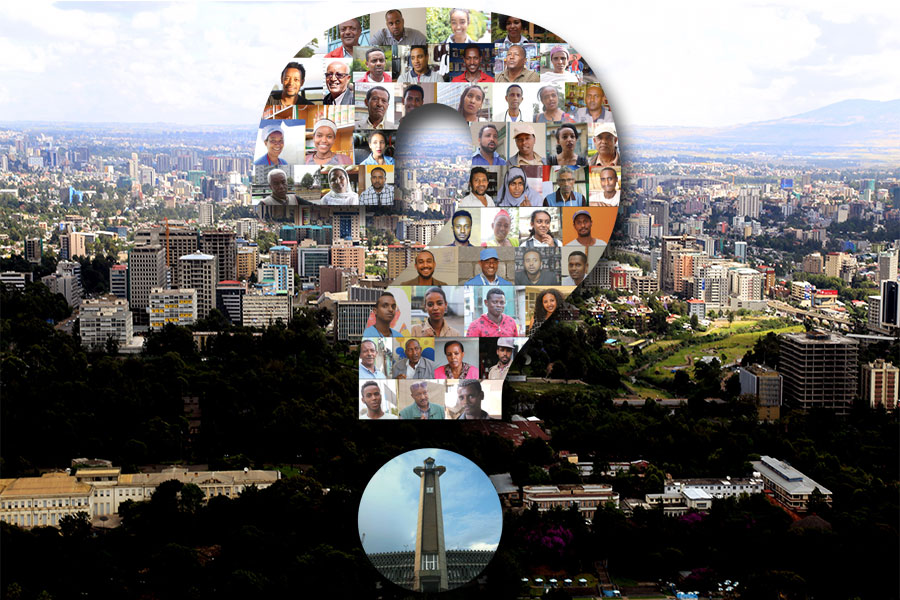
Photo Gallery | 170756 Views | Apr 26,2019

Photo Gallery | 161834 Views | Oct 06,2021
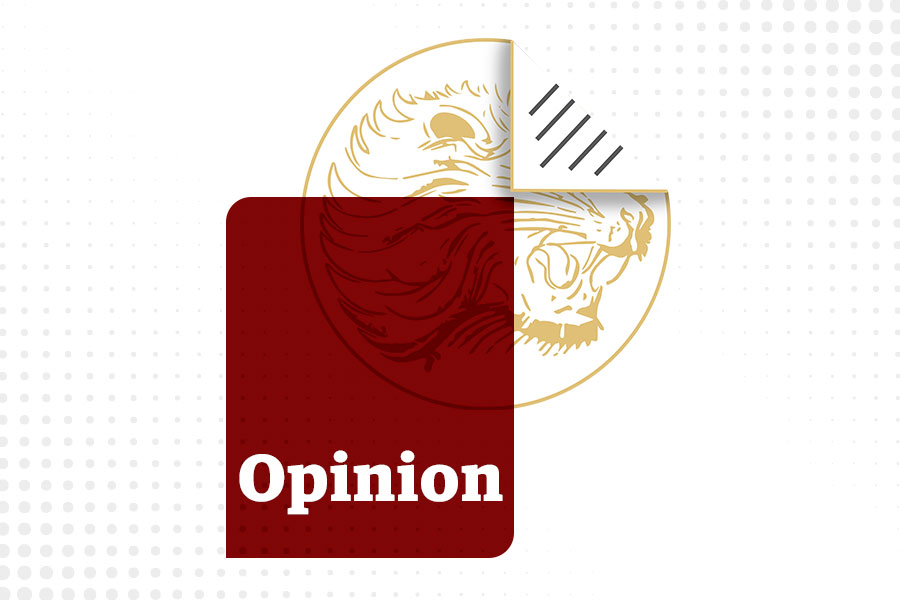
My Opinion | 137293 Views | Aug 14,2021
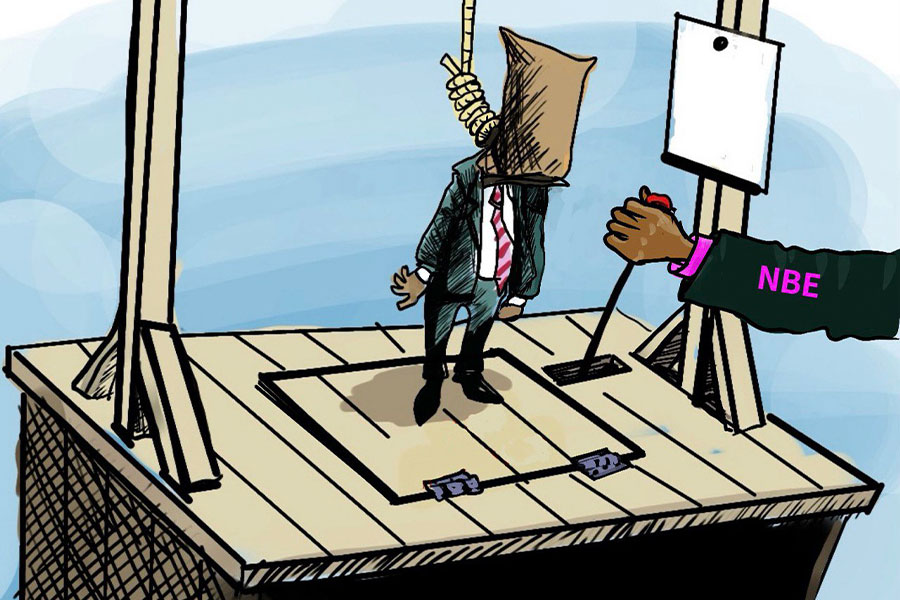
Nov 1 , 2025
The National Bank of Ethiopia (NBE) issued a statement two weeks ago that appeared to...
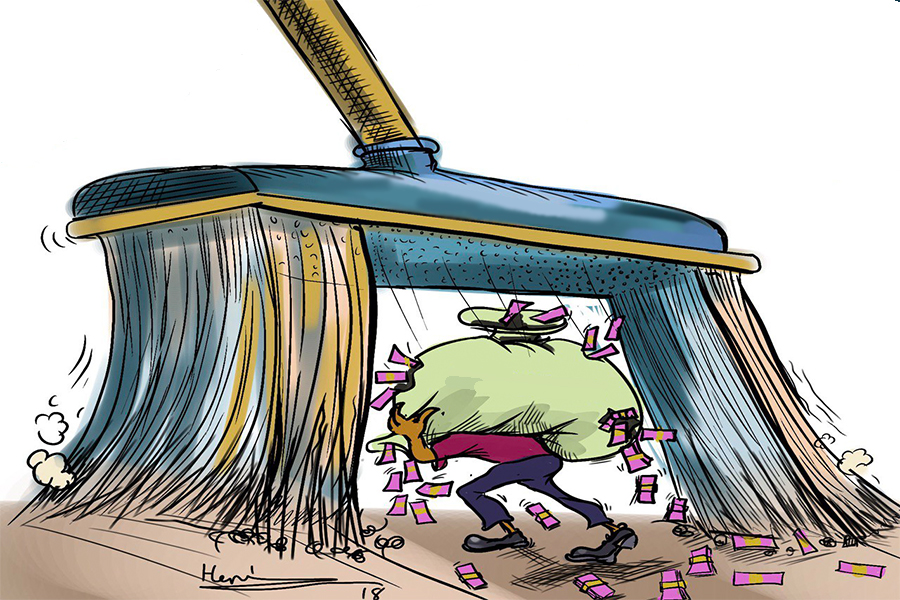
Oct 25 , 2025
The regulatory machinery is on overdrive. In only two years, no fewer than 35 new pro...
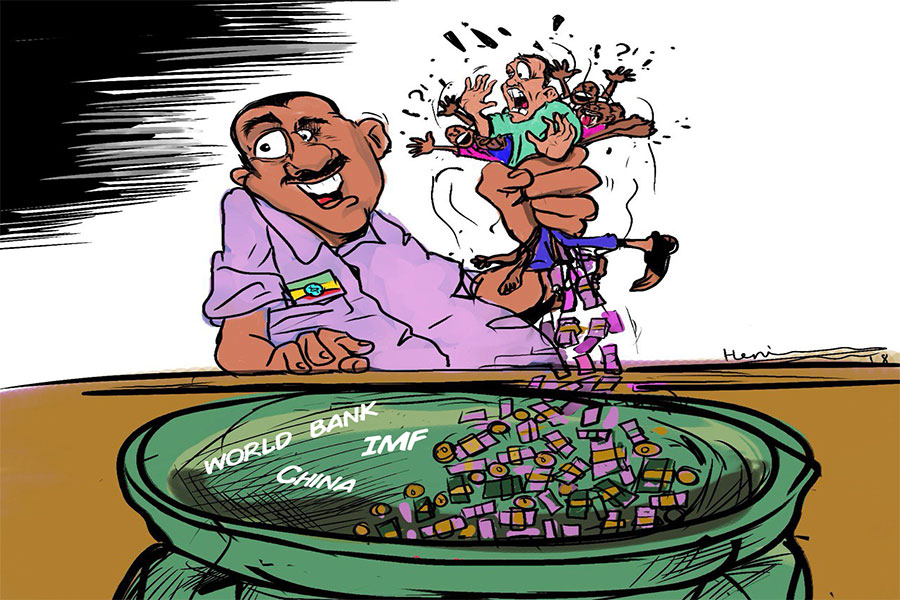
Oct 18 , 2025
The political establishment, notably the ruling party and its top brass, has become p...
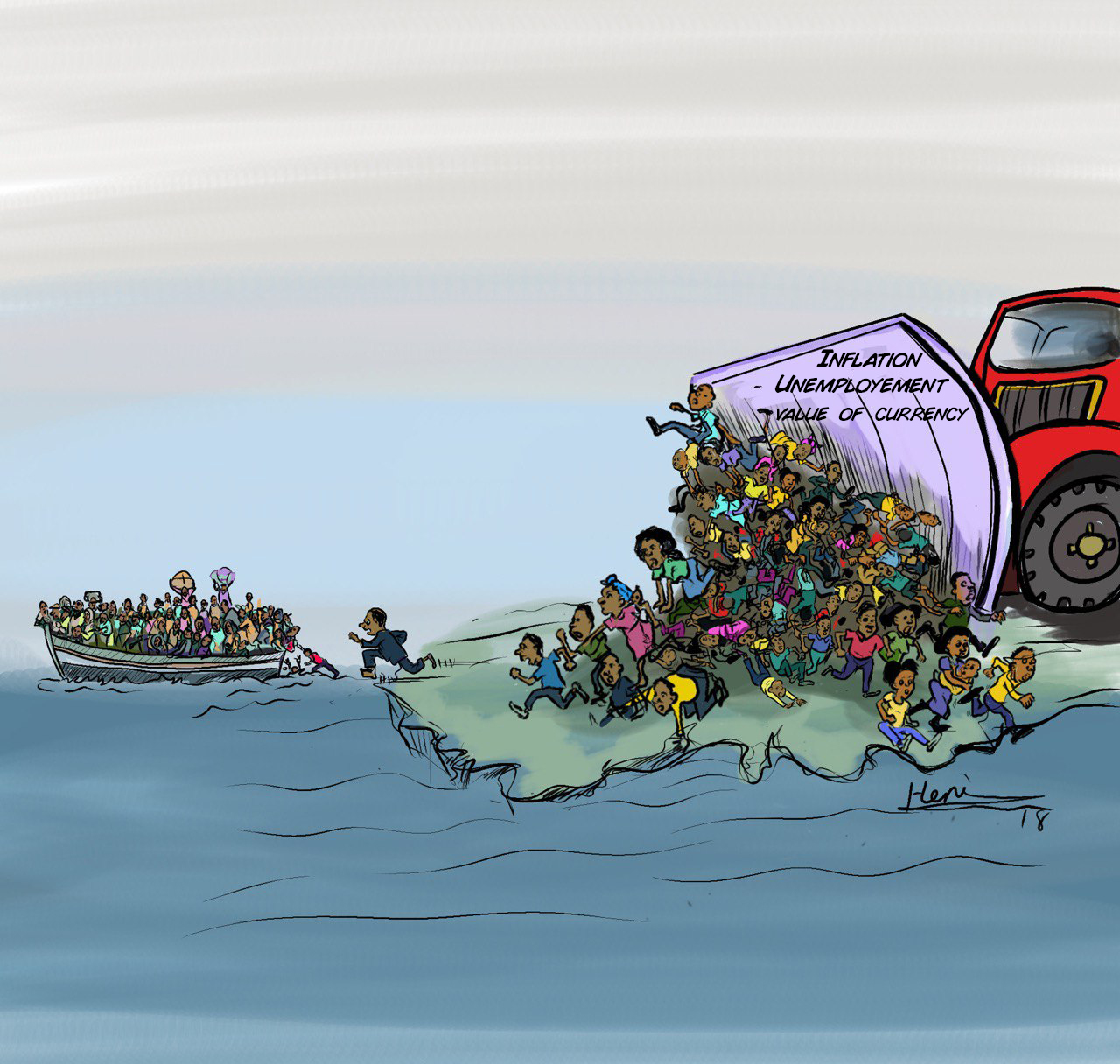
Oct 11 , 2025
Ladislas Farago, a roving Associated Press (AP) correspondent, arrived in Ethiopia in...